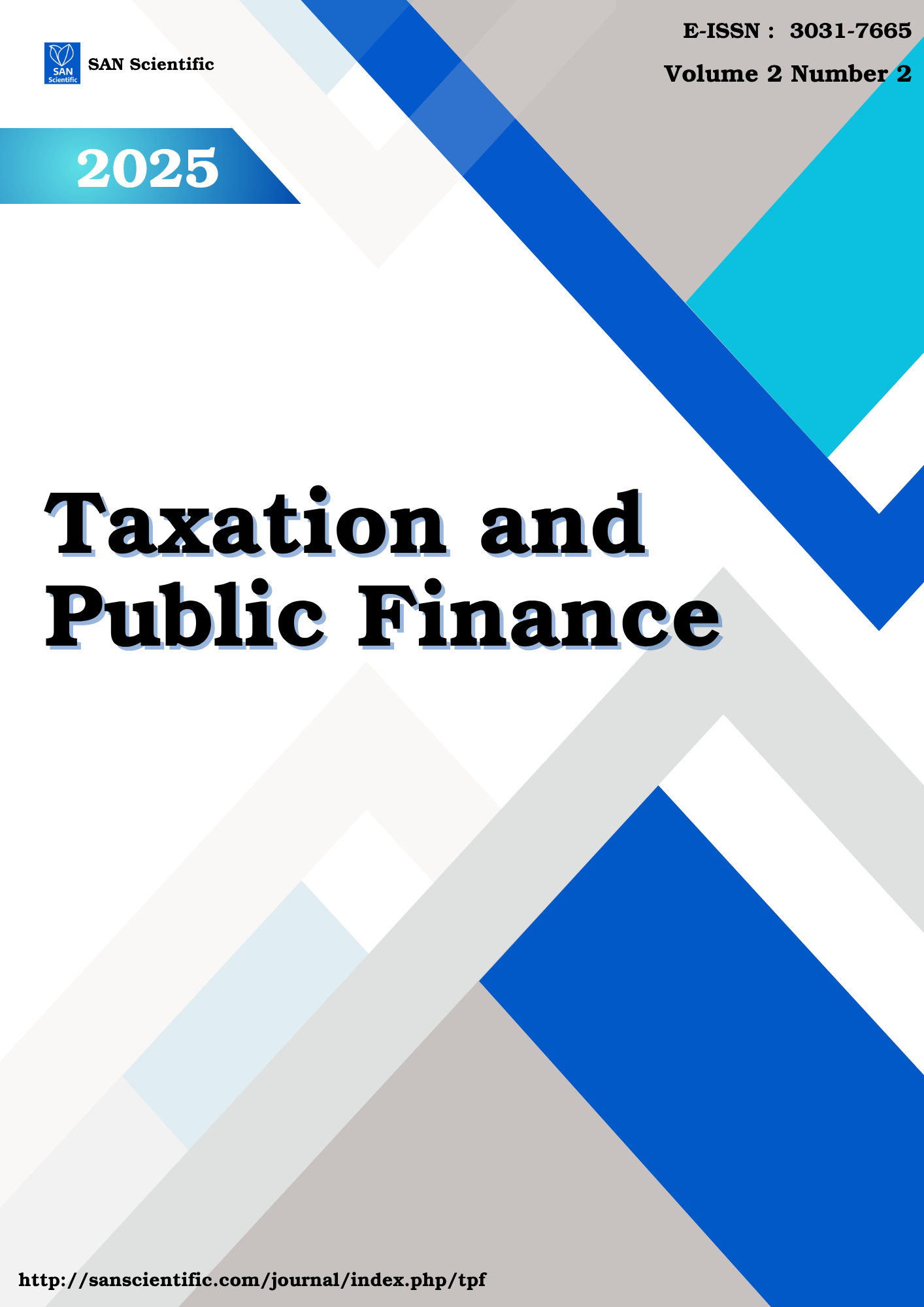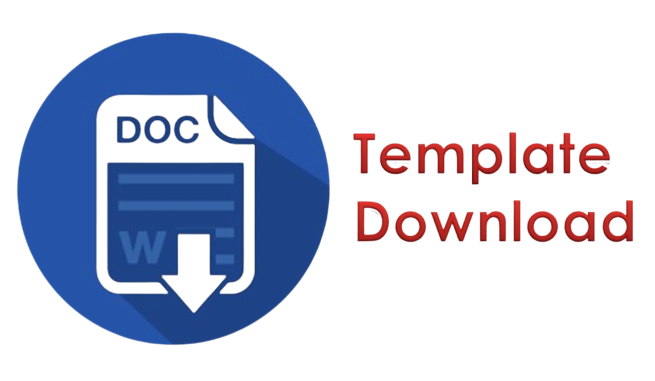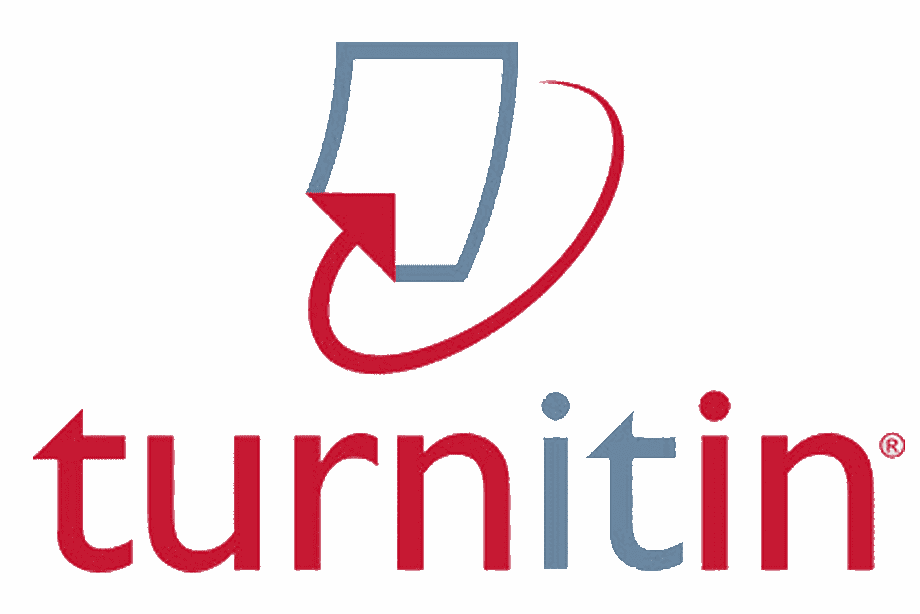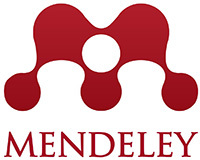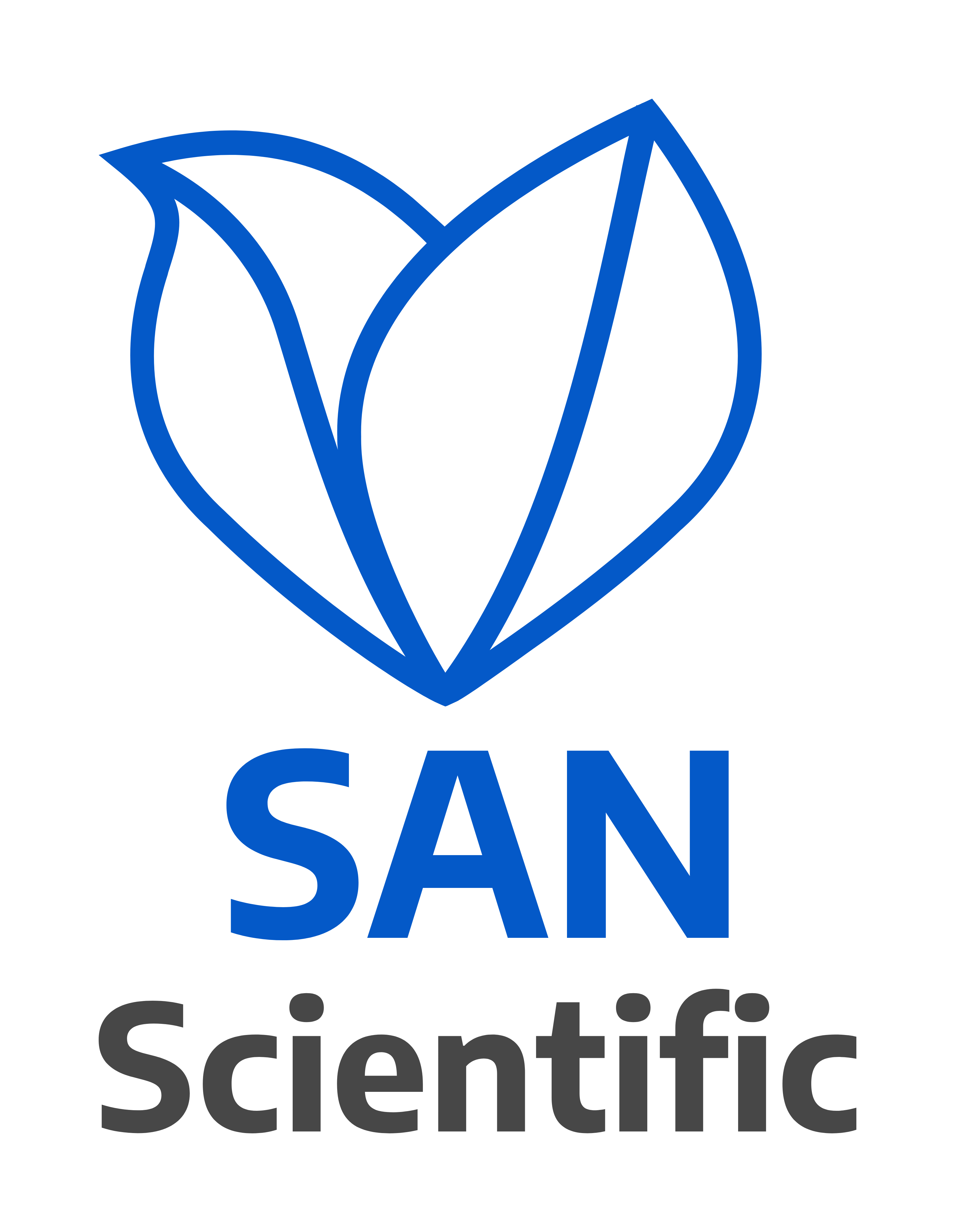Impact of Sales Growth, Corporate Risk, Profitability, and Liquidity on Tax Avoidance Strategies
DOI:
https://doi.org/10.58777/tpf.v2i2.366Keywords:
Tax Avoidance, Sales Growth, Corporate Risk, Profitability, LiquidityAbstract
This study seeks to examine the impact of sales growth, company risk, profitability, and liquidity on tax avoidance. The research focuses on manufacturing firms within the pharmaceutical and healthcare sectors. Employing a quantitative research methodology, the study drew its sample from 10 firms selected through purposive sampling. Secondary data were gathered from the financial statements of these firms. The analysis was conducted using multiple linear regression techniques, incorporating descriptive statistical analysis, classical assumption tests, and hypothesis testing. The findings from the regression analysis indicate that both sales growth and profitability have a negative effect on tax avoidance. At the same time, company risk and liquidity do not significantly influence tax avoidance. This study contributes empirically to the understanding of how internal company factors, such as sales growth and profitability, affect tax avoidance strategies, specifically in the pharmaceutical and healthcare manufacturing sectors in Indonesia. Additionally, it serves as a practical reference for more ethical and effective tax planning. The managerial implications suggest that firms should carefully manage these factors to achieve a balance between optimizing tax liabilities and meeting their tax obligations.
References
Adhivinna, V. V. (2017). Pengaruh Roa, Leverage, Kepemilikan Institusional Dan Ukuran Perusahaan Terhadap Tax Avoidance. Jurnal Akuntansi, 5(2), 136–145. https://doi.org/10.24964/ja.v5i2.288
Albart, N., Sinaga, B., Santosa, P. W., & Andati, T. (2020). The effect of corporate characteristics on capital structure in Indonesia. Journal of Economics, Business, and Accountancy Ventura, 23(1), 46–56. https://doi.org/10.14414/jebav.v23i1.2153
Damayanti, F., & Susanto, T. (2017). Pengaruh Komite Audit, Kualitas Audit, Kepemilikan Institusional, Risiko Perusahaan dan ProfitabilityTerhadap Tax Avoidance. Jurnal Bisnis dan Manajemen, 5(2), 187–206. https://doi.org/10.15408/ess.v5i2.2341
Dewinta, I., & Setiawan, P. (2019). Pengaruh Ukuran Perusahaan, Umur Perusahaan, Profitabilitas, Leverage, Dan Pertumbuhan Penjualan Terhadap Tax Avoidance. E-Jurnal Akuntansi Universitas Udayana, 14(3), 1584–1615.
Diantari, P., & Ulupui, I. (2018). Pengaruh Komite Audit, Proporsi Komisaris Independen, dan Proporsi Kepemilikan Institusional terhadap Tax Avodiance. E-Jurnal Akuntansi Universitas Udayana, 16(1), 702-732.
Djama, H., & Madjid, S. (2024). Do Firm Size, Corporate Governance, and Tax Panning Effect on Earning Management? Taxation and Public Finance, 1(2), 71–82. https://doi.org/10.58777/tpf.v1i2.240
Handayani, R. (2018). Pengaruh dewan komisaris independen, kepemilikan institusional dan corporate social responsibility terhadap tax avoidance di perusahaan perbankan. Jurnal Ilmiah Akuntansi, 8(3).
Hery. (2018). Analisis Laporan Keuangan: Integrated and Comprehensive Edition. Cetakan Ketiga. PT. Gramedia: Jakarta.
Ichsan, M., & Masripah. (2022). “Pengaruh Capital Intensity, Risiko Perusahaan, Kompensasi Rugi Fiskal Terhadap Penghindaran Pajak”. AKUA: Jurnal Akuntansi Dan Keuangan, 1(3). https://doi.org/10.54259/akua.v1i3.1033
Jensen, M., C., & W. Meckling, (2019). Theory of the firm: Managerial behavior, agency cost and ownership structure, Journal of Finance Economic, 3, 305-360. https://doi.org/10.1016/0304-405X(76)90026-X
Kasmiati, M., & Santosa, P. W. (2019). The effect of earning information, cash flow componens, financing decision, and Stock Return: Empirical Evidence on Indonesia stock exchange. Journal of Economics, Business & Accountancy Ventura, 22(2), 157–166. https://doi.org/http://sci-hub.tw/10.14414/jebav.v22i2.1638
Kasmir. (2018). Analisis Laporan Keuangan., Jakarta: PT Raja Grafindo Persada.
Laksono & Etty. (2022). Pengaruh Risiko Perusahaan, Intensitas Aset Tetap dan Ukuran Perusahaan terhadap Aggressive Tax Avoidance. Prosiding Ekonomi Dan Bisnis, 1.
Lo, A. W. Y., Wong, R. M. K., & Firth, M. (2010). Can corporate governance deter management from manipulating earnings? Evidence from related-party sales transactions in China. Journal of Corporate Finance, 16(2), 225–235. https://doi.org/10.1016/j.jcorpfin.2009.11.002
Muzakki, M. R., & Darsono, D. (2018). Pengaruh Corporate Social Responsibility dan Capital Intensity terhadap Penghindaran Pajak. Diponegoro Journal of Accounting, 4(3), 445-452.
Pohan, Chairil. A. (2019). Manajemen Perpajakan Strategi Perencanaan Pajak dan Bisnis. Jakarta: PT Gramedia Pustaka Utama.
Prapitasari, A., & Safrida, L. (2019). The Effect of Profitability, Leverage, Firm Size, Political Connection and Fixed Asset Intensity on Tax Avoidance. Journal of Sutaatmadja, 3(2), 247-258. https://doi.org/10.35310/accruals.v3i2.56
Purwanto, Agus. (2017). Pengaruh Likuiditas, Leverage, Manajemen Laba, dan Kopensasi Rugi Fiskal Terhadap Agresivitas Pajak Perusahaan. JOM Fekon, 3 (1).
Putri et al., (2021). Dampak Debt to Equity Ratio, Pertumbuhan Penjualan dan Ukuran Perusahaan pada Penghindaran Pajak. Jurnal Ekonomi dan Bisnis Dharma Andalas. 23(2).
Rahma Sari, I., & Madjid, S. (2023). Do Sales Growth, Firm Risk, Return on Assets, and Liquidity effect on Tax Avoidance? Taxation and Public Finance, 1(1), 21–29. https://doi.org/10.58777/tpf.v1i1.164
Ridho, Muhammad. (2017). Pengaruh Ukuran Perusahaan, Leverage, Profitabilitas dan Sales Growth terhadap Penghindaran Pajak (Tax Avoidance) Pada Perusahaan Manufaktur yang Terdaftar di BEI Tahun 2010-2014. Skripsi. Universitas Islam Negeri Syarif Hidayatullah Jakarta.
Romadona, R., & Setiyorini, W. (2020). Pengaruh leverage, risiko perusahaan dan kepemilikan institusional terhadap tindakan penghindaran pajak. Jurnal Ilmiah Bisnis dan Perpajakan (Bijak), 2(1), 63-72. https://doi.org/10.26905/j.bijak.v2i1.4307
Salsabilla, R. R. A., Sulistyowati, Husen, I., & Zulkarnaini, Z. (2023). Influence Corporate Governance and Financial Distress on Tax Avoidance. Taxation and Public Finance, 1(1), 9–20. https://doi.org/10.58777/tpf.v1i1.160
Santosa, P. W. (2020). The Effect of Financial Performance and Innovation on Leverage: Evidence from Indonesian Food and Beverage Sector. Organizations and Markets in Emerging Economies, 11(22), 367–388. https://doi.org/10.15388/omee.2020.11.38
Santosa, P. W., Setianingrum, A., & Yusuf, C. (2022). Corporate governance and leverage on firm value : Evidence of Indonesian large firms. Jurnal Keuangan Dan Perbankan, 26(4), 862–873. https://doi.org/10.26905/jkdp.v26i4.7764
Sulistyowati, Rusli, D., Chusnah, F. N., Supriati, D., & Annisa, A. (2024). Taxpayer Compliance of MSME: The Role of Tax Knowledge, Tax Office Service Quality, and Trust in the Government. Taxation and Public Finance, 1(2), 61–70. https://doi.org/10.58777/tpf.v1i2.230
Supriyono, R.A. (2018) Akuntansi Keperilakuan. Yogyakarta: UGM Press
Susanti, Camelia. M. (2018). Pengaruh Konservatisme, Leverage, Profitabilitas, Ukuran Perusahaan terhadap Tax Avoidance. 13(2), 181-198. https://doi.org/10.25105/jipak.v13i2.5021
Suyanto, K. D., & Supramono, S. (2012). Likuiditas, Leverage, Komisaris Independen, Dan Manajemen Laba Terhadap Agresivitas Pajak Perusahaan. Jurnal Keuangan Dan Perbankan, 16(2).
Tebiono, J., N., & Sukadana, I. (2019). Faktor – faktor yang Mempengaruhi Tax Avoidance pada Perusahaan Manufaktur yang Terdaftar di BEI. Jurnal Bisnis dan Akuntansi, 21(1a-2), 121-130. https://doi.org/10.24912/jpa.v1i2.5013
Tiwan, S., & Vestari. (2021) Aspek Finansial dan Tax Avoidance dalam Perspektif Shareholders. Jurnal Fairness, 11(3). https://doi.org/10.33369/fairness.v11i3.20978
Downloads
Published
How to Cite
Issue
Section
Copyright (c) 2025 Indah Rahma Sari, Suhirman Madjid

This work is licensed under a CC Attribution-ShareAlike 4.0
 Views: 90
|
Views: 90
|
 Downloaded: 85
Downloaded: 85

